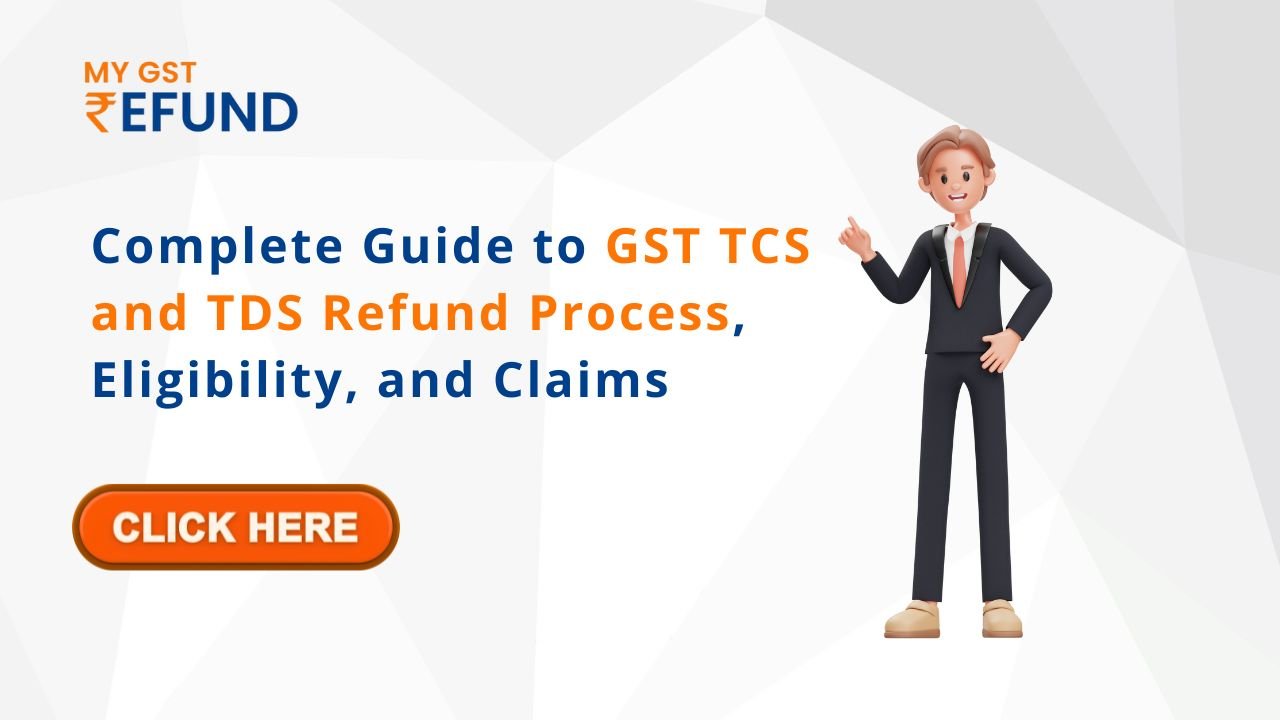Navigating the world of GST can sometimes feel overwhelming, especially when it comes to understanding the complexities of Tax Deducted at Source (TDS) and Tax Collected at Source (TCS). Both TDS and TCS are methods of collecting tax at the point of transaction, and businesses can sometimes end up paying more than necessary. The good news is that if you’ve overpaid, you can claim a refund. In this guide, we’ll walk you through the GST TDS and TCS refund Claim process, including how to claim it, eligibility, and common challenges.
Visit For Detailed Information: GST TCS and TDS Refund
What is GST TDS and TCS?
Under GST, TDS and TCS are mechanisms that ensure tax is deducted or collected at the source of a transaction:
TDS (Tax Deducted at Source): TDS applies to certain payments made to suppliers. Government departments and specified entities are required to deduct a portion of tax at source on payments made to suppliers (e.g., contractors, professionals, etc.). The deducted amount is credited to the supplier’s Electronic Cash Ledger.
TCS (Tax Collected at Source): TCS applies to e-commerce operators who are required to collect tax at source from sellers on their platform. The operator then deposits the tax with the government on behalf of the seller.
How to Claim GST TDS and TCS Refund
If TDS or TCS has been deducted or collected in excess, you can claim a refund. Here’s how:
TDS Refund Process:
Verify TDS Deduction: First, ensure that the TDS has been correctly deducted and is reflected in your Electronic Cash Ledger on the GST portal.
File GST Returns: Ensure that TDS details are correctly reported in your GSTR-1 and GSTR-3B. If the amount is not shown, you may not be able to claim the refund.
Submit Refund Application: To claim the refund, you need to file Form RFD-01, which is the GST Refund Application.
Provide Supporting Documents: You will need to submit documents like TDS certificates (Form 16A), bank statements showing the deduction, and copies of GST Returns that reflect the TDS deduction.
TCS Refund Process:
Verify TCS Collection: Check that the TCS has been collected by the e-commerce operator and is reflected in your Electronic Cash Ledger.
File GST Returns: Similar to TDS, ensure that the TCS amount is accurately reflected in your GST Returns (GSTR-9).
Submit Refund Application: File the GST Refund Application (Form RFD-01) for excess TCS.
Supporting Documents: Along with the refund application, submit the TCS certificate provided by the e-commerce operator and GST Returns confirming the TCS amount collected.
Eligibility for GST TDS and TCS Refund
To be eligible for a refund, the following conditions must be met:
For TDS:
TDS must have been deducted and correctly reflected in your Electronic Cash Ledger.
The deductor (payer) must have filed the TDS returns, and the amounts must match your GST returns.
For TCS:
TCS must have been collected by the e-commerce operator and properly reflected in your Electronic Cash Ledger.
The e-commerce operator must have filed the TCS return, and the collected amounts should be reported in the GSTR-8.
Common Issues in TDS and TCS Refunds
While claiming TDS and TCS refunds is straightforward, there are some common issues that businesses may face:
Mismatch of Amounts: Discrepancies between the TDS/TCS reported by the deductor/collector and your GST returns can lead to delays or rejections of refunds.
Incorrect Filing of Returns: Errors in filing your GST Returns can lead to rejection or delayed processing of your refund claim.
Delayed Refund Processing: Refunds may take time to process, especially if there are errors or incomplete documentation.
Conclusion
Claiming GST TDS and TCS refunds doesn’t have to be complicated. By following the correct process, ensuring all necessary documentation is in order, and being aware of eligibility requirements, you can ensure a smooth refund experience. However, if you’re unsure or need expert help, MYGST Refund can guide you through the entire process, ensuring your refunds are claimed efficiently and accurately.



